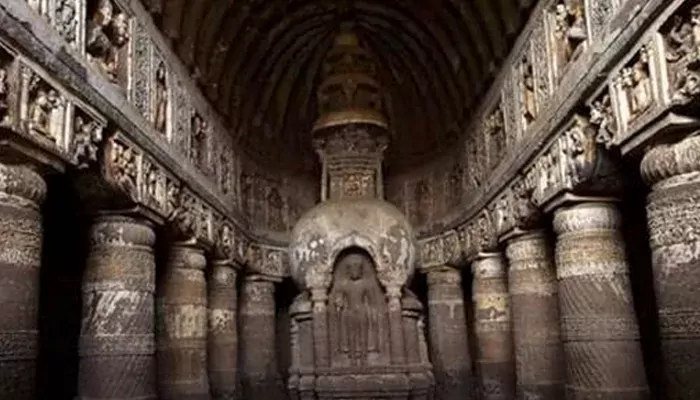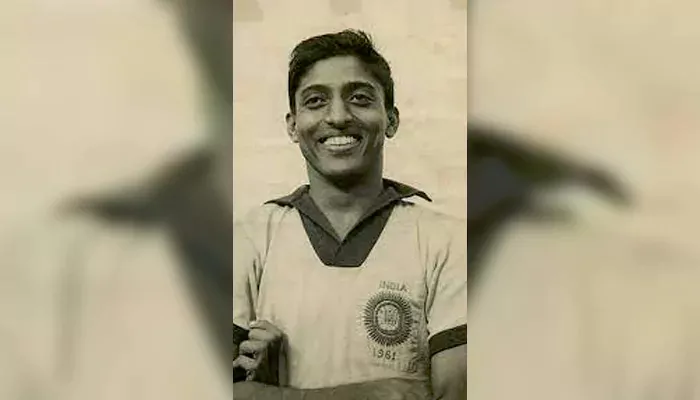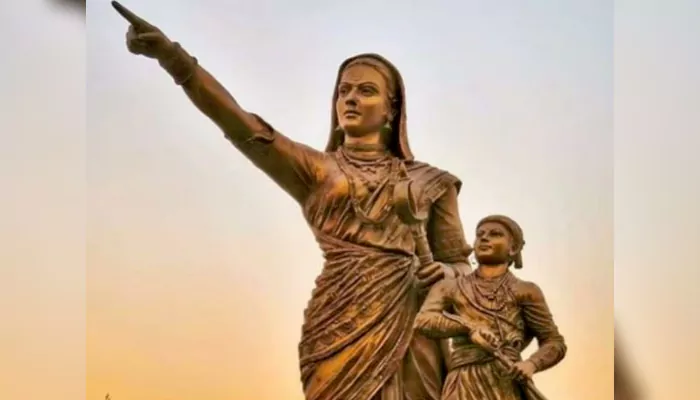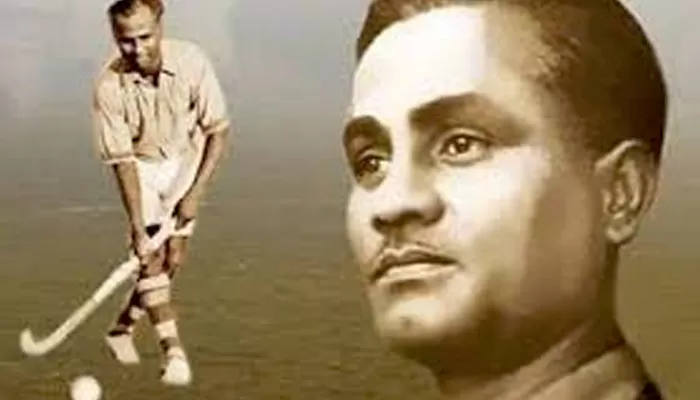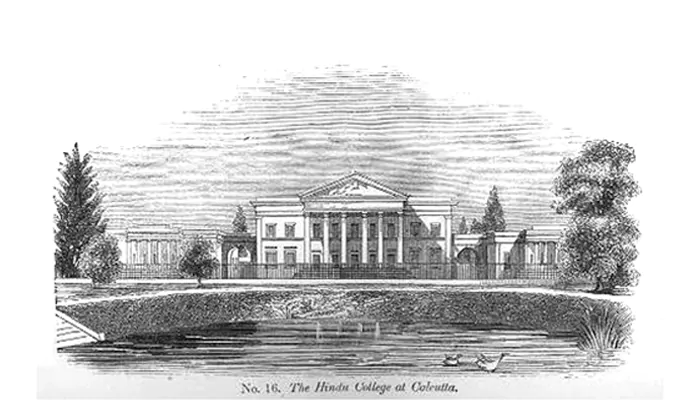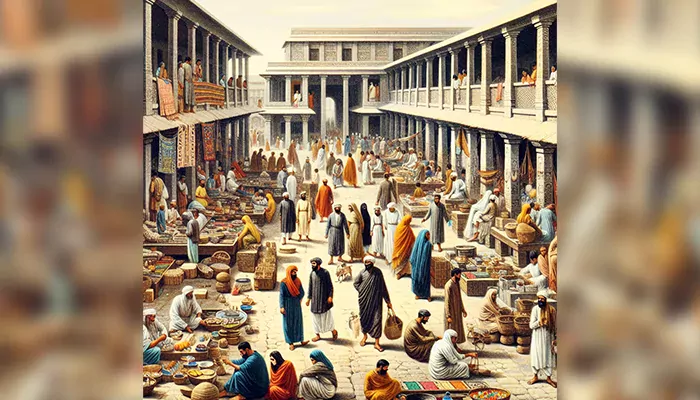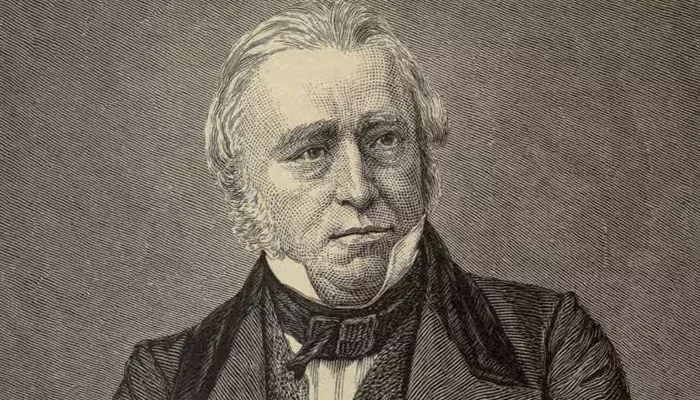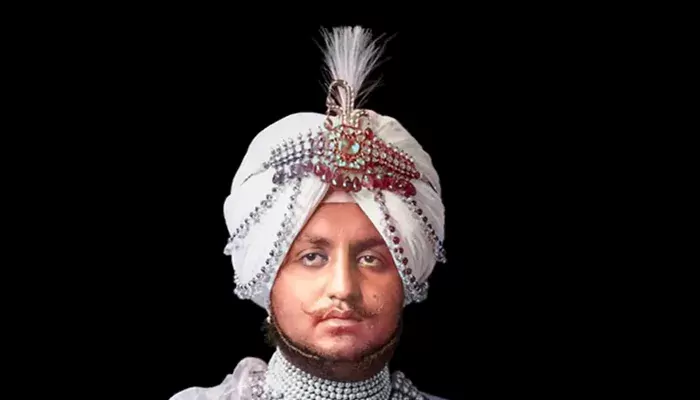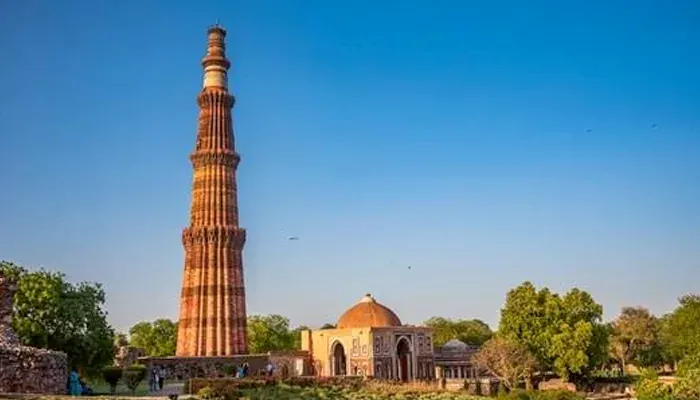How British Censorship Shaped Indian Cinema Before Independence
- Sanchari Das
- 4 months ago
- 4 minutes read
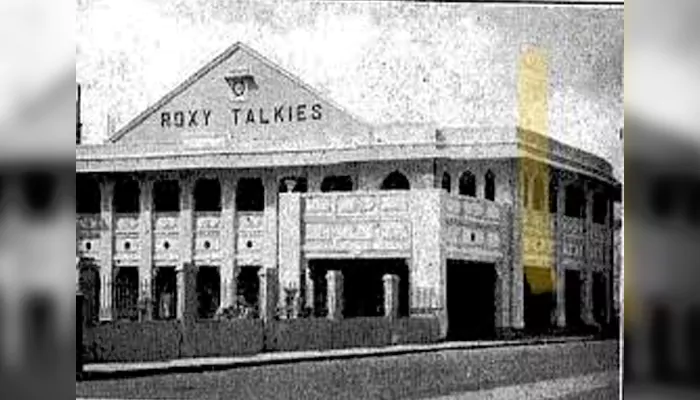
From scripts to suppression: The quiet war on Indian filmmaking before 1947
Long before cinema became a mirror of Indian society, it was viewed as a threat by colonial rulers. The British Raj viewed film not just as entertainment, but as a potentially dangerous medium—capable of stirring rebellion and fueling nationalist fervor. As the independence movement gained steam in the early 20th century, the British sharpened their tools of control. Among them was the creation of the 1927 Indian Cinematograph Committee, a seemingly administrative body with a political goal: to suppress anti-colonial messaging and restrict the rise of Indian storytelling.
The birth of colonial censorship
Censorship in Indian cinema began formally with the enactment of the Cinematograph Act of 1918. This law allowed provincial authorities to screen, modify, or ban films entirely based on content deemed “objectionable.” The real target, however, wasn’t violence or obscenity. It was political content—especially any film that could be interpreted as critical of the British government or supportive of Indian leaders, such as Gandhi. The act empowered police commissioners and local magistrates to become moral and political gatekeepers of cinema. What reached the screen was often trimmed beyond recognition.
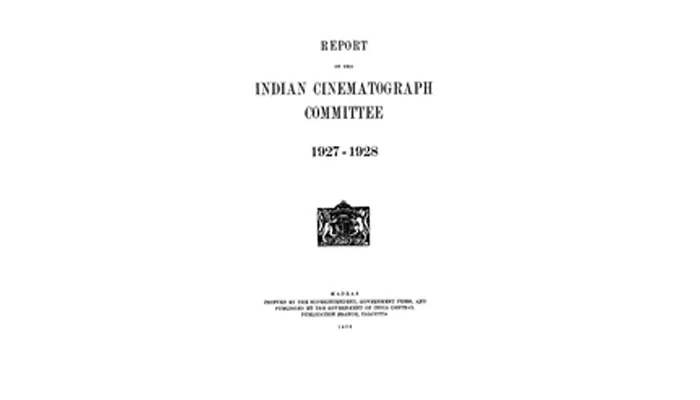
The 1927 Committee: research or repression?
The Indian Cinematograph Committee (1927–28) was established to investigate the impact of cinema on Indian audiences. But behind the pages of its exhaustive four-volume report was a clear colonial agenda. British officials feared that films were shaping nationalist opinion. They also worried about how Hollywood films—with their depictions of Western women and immoral behaviour—might weaken imperial prestige among Indian viewers.
Instead of recommending freedom for Indian filmmakers, the committee subtly reinforced the need to monitor and control their work. Calls to encourage indigenous productions were carefully worded, always shadowed by warnings against political “misuse.”
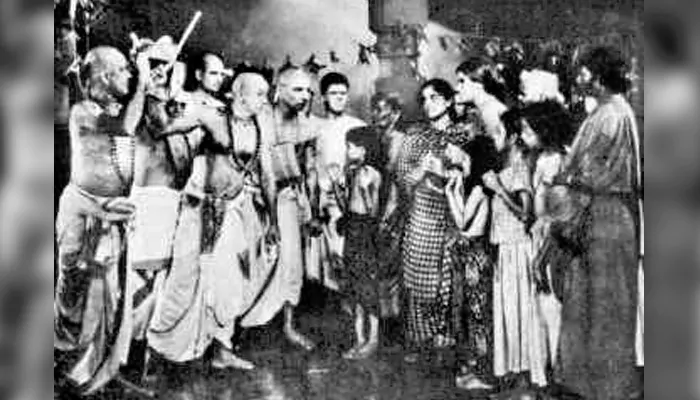
Bans, cuts, and symbolic policing
Several Indian films from the 1920s and 30s became targets of censorship due to their nationalist undertones. One of the earliest was ‘Bhakta Vidur’ (1921), a mythological film that subtly aligned the character of Vidur with Mahatma Gandhi. The protagonist wore a Gandhi cap, spun the charkha, and voiced ideas of justice. British censors weren’t fooled. The film was banned in several provinces, including Madras and Bombay.
Later, ‘Thyaga Bhoomi’ (1939), a Tamil film openly celebrating Gandhian ideals, was withdrawn from theaters after 22 weeks, despite its popular success. Even documentary reels that showed political rallies or nationalist leaders were censored. A slogan like “Inquilab Zindabad” could be enough for a reel to be confiscated or altered.
Promoting imperial propaganda
While Indian films were cut and curtailed, British authorities allowed—and sometimes promoted—films that upheld colonial power. Movies like ‘Gunga Din’, ‘The Drum’, and ‘The Lives of a Bengal Lancer’ projected Indians as uncivilised or rebellious and white soldiers as heroes restoring order. These films shaped public opinion in both Britain and India, presenting the empire as benevolent and necessary.
Such double standards highlighted the real motive behind censorship. The British weren’t just maintaining peace; they were crafting an imperial narrative—using cinema as a weapon of ideology.
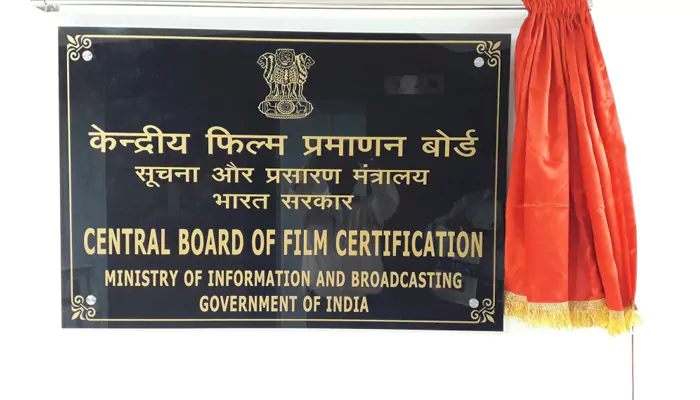
The long shadow of colonial controls
Even after India gained independence in 1947, colonial frameworks of film control did not disappear. The Cinematograph Act of 1952, while replacing British law, retained the principle of state-controlled certification. The idea that films must align with “public order” and “morality”—concepts introduced under the Raj—remained.
The Central Board of Film Certification (CBFC), also known as the Censor Board, continues to reflect this legacy. Though democratic, the structure and mindset of censorship still carry colonial DNA. Filmmakers today face challenges similar to those their predecessors encountered nearly a century ago.
Conclusion
British censorship didn’t just mute rebellious voices—it shaped what Indian cinema could be. The 1927 Cinematograph Committee served as a turning point in institutionalising that control. In the shadow of reels and projectors, the empire battled India’s storytellers. What emerged was a legacy of silence, cuts, and cautious scripts. A legacy that still echoes in the editing rooms of modern India.

